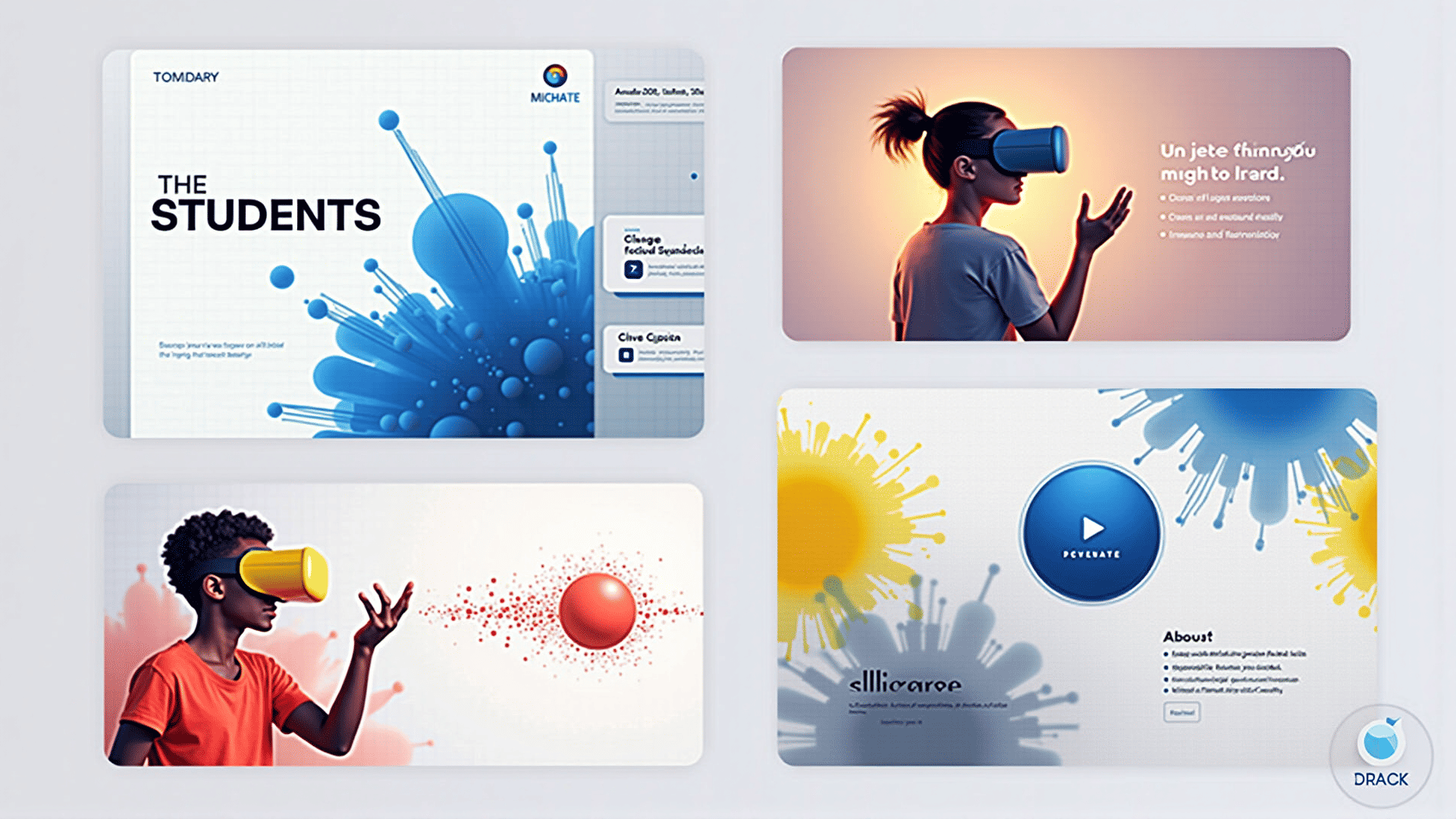As we look forward to 2024, the world of web design continues to evolve, blending technology, creativity, and functionality in ways that redefine user experiences. Whether you're a seasoned designer or just starting, keeping an eye on the emerging trends can give you the edge in creating engaging and innovative websites. Let's explore the top design trends expected to shape the digital landscape in the coming year.
1. Minimalism with Maximum Impact
Minimalism remains a stalwart in web design, yet it's continually morphing to deliver even more impact. In 2024, designers will focus on stripping away unnecessary elements while carefully choosing each component to enhance user experience. This means thoughtful typography, strategic use of white space, and a limit on the number of colors used on a page. The goal is to create a visually calming experience that allows users to focus on core content, promoting both clarity and efficiency.
2. Immersive Scrolling Experiences
Scrolling has become an integral part of web navigation, and 2024 is set to take this a step further with immersive scrolling experiences. Parallax effects, 3D layers, and cinema-quality animations will be used to tell stories as users scroll down a webpage. This dynamic approach transforms passive viewing into an engaging journey, capturing attention and encouraging users to spend more time exploring content.
3. Sustainable Web Design
As sustainability becomes a pressing global issue, it’s influencing web design in innovative ways. Sustainable web design emphasizes energy-efficient patterns, only loading necessary resources to reduce carbon footprints. Expect to see more websites focusing on lightweight designs, efficient coding practices, and the increased use of eco-friendly hosting. These efforts not only contribute to environmental well-being but also enhance website performance.
4. Brutalism and Anti-Design Elements
The "anti-design" movement disrupts traditional aesthetics, bringing raw and eclectic elements into the spotlight. Brutalism in web design breaks convention with asymmetrical layouts, oversized typography, and a preference for function over form. This approach challenges users’ expectations and creates a memorable experience. In 2024, expect a fusion of brutalism with clean, structured elements to create an attractive aesthetic contrast.
5. AI-Driven Personalization
Artificial Intelligence continues to revolutionize personal user experiences. In 2024, AI-driven design will allow for more personalized and tailored experiences. Websites will dynamically change content, visuals, and recommendations based on user behavior and preferences. This personalization fosters stronger connections between brands and customers by making users feel understood and valued.
6. Augmented Reality (AR) Integration
As AR technology becomes more accessible, its integration into web design is becoming increasingly common. Using AR, brands can offer unique, interactive experiences directly from their websites. This trend is particularly impactful for e-commerce sites, where users can, for example, view how a piece of furniture looks in their home or try on clothes virtually. In 2024, expect AR to blur the lines between online and offline experiences more than ever before.
7. Dark Mode Domination
Dark mode has been gaining traction for a few years now, and its popularity shows no signs of waning. Offering a sleek and modern look, dark mode isn't just an aesthetic choice; it's also easier on the eyes, offers energy savings on OLED and AMOLED screens, and brings a new dimension to color and visual content. More websites will offer dark mode options in 2024, allowing users to switch seamlessly based on preferences or ambient lighting.
8. Inclusive and Accessible Design
Designing for accessibility is no longer optional; it’s a crucial element of user experience. In 2024, inclusivity will be at the forefront, ensuring websites are usable for people with disabilities across all device types. This includes voice command navigation, keyboard accessibility, and text-to-speech capabilities. By focusing on inclusivity, designers can reach a broader audience and create a more equitable digital environment.
Embracing these design trends will not only enhance user experience but also push the boundaries of creativity and functionality. Whether it's the simplicity of minimalism, the excitement of immersive scrolling, or the inclusivity of accessible design, the trends of 2024 promise to create websites that are not only visually stunning but also groundbreaking in their approach.
